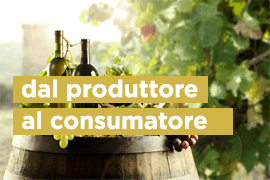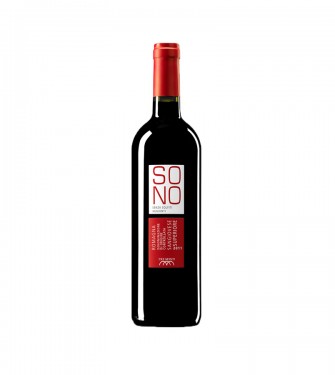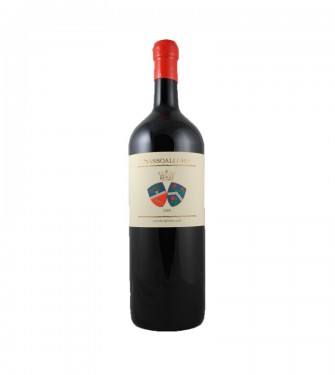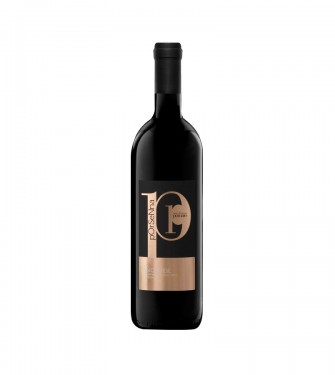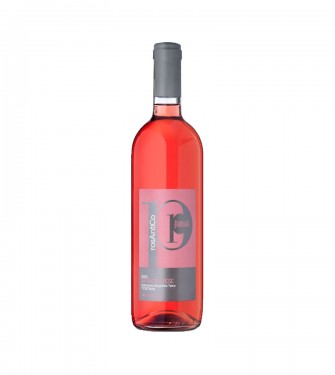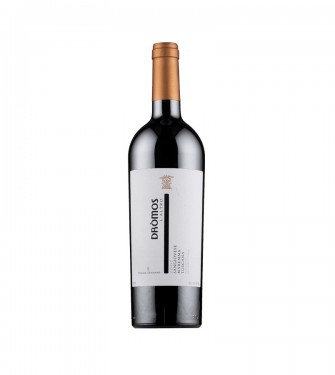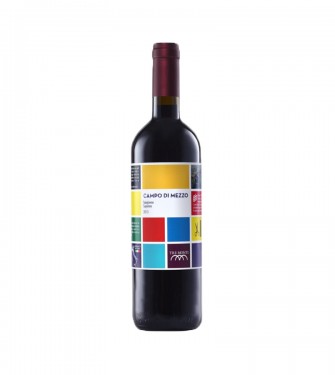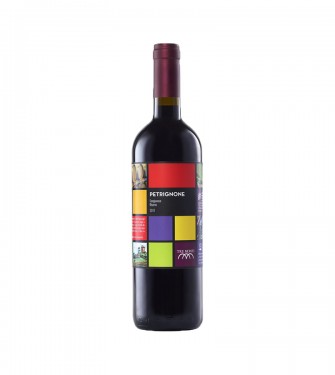products listing page
Sangiovese WINES
Sangiovese is one of the most popular Italian grape varieties, characterized by a generally late ripening, has a medium leaf, three-lobed or five-lobed, light green in color, with compact bunches, the berries are oval and regular in shape, the peel is black-purple. (continue)
-
-
-
-
-
Prezzo di listino: € 39,47Special Price € 32,89 -17%
-
-
Sangiovese WINE
Sangiovese is one of the most popular Italian grape varieties, characterized by a generally late ripening, has a medium leaf, three-lobed or five-lobed, light green in color, with compact bunches, the berries are oval and regular in shape, the peel is black-purple. It produces wines with a good tannin level and acidity, with the wine-making in purity, or in the processing of many prestigious Italian wines, such as Carmignano, Rosso Piceno Superiore, Chianti. There are several types of Sangiovese according to land where it is grown, Sangiovese Grosso, almost entirely produced in Montalcino (Tuscany), where it's called Brunello, and Sangiovese Piccolo, the most common, which takes various synonyms, depending on the area, including Morellino di Scansano (Tuscany).The vine and wine-making
For an excellent Sangiovese the wine-making must keep separate the different varieties, for respecting the individual vineyards. The following is a typical processing:the grapes, after being de-stemmed and gently crushed, are inserted in oak barrels for spontaneous fermentation conducted by the yeasts naturally present in the grapes and in the winery. The maceration of the skins in the fermenting must is performed according to the needs related to the performance of the natural temperature, the degradation of the sugars and especially of the organoleptic characteristics of the must.
The racking is done at the end of the alcoholic fermentation, separating the flower wine from the marc which undergo a soft pressing. Aging takes place in the same oak barrels for a period varying according to the type of Sangiovese to be obtained, Normal, Novello and Superior.


